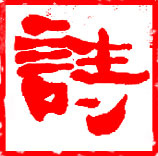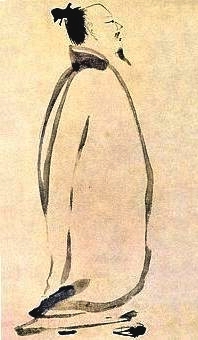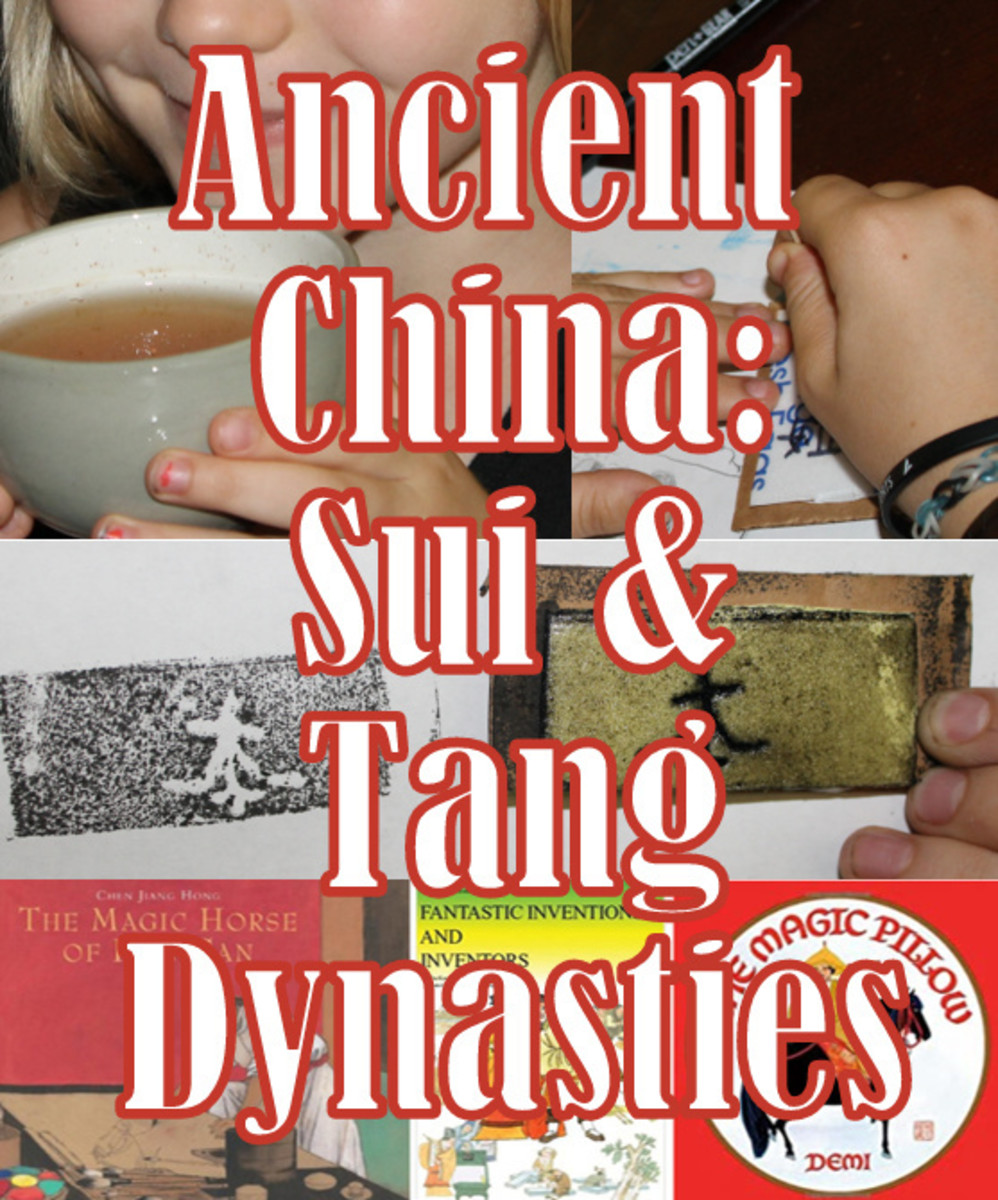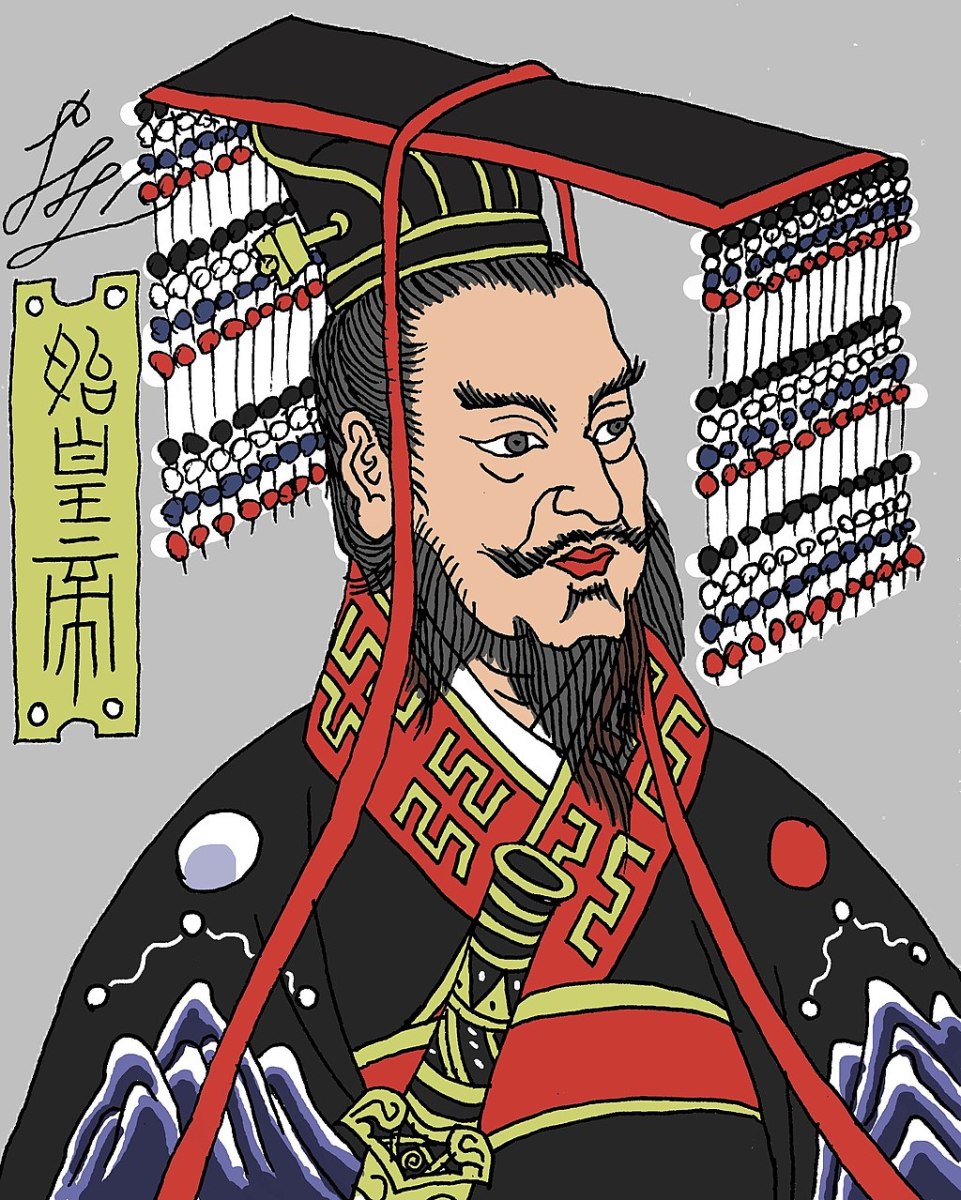Li Po (701-762), Taoist Poet, Tang Dynasty, China
Jinti shi - Poetry in Tang Dynasty China
Poetry in Tang dynasty China was characterized by technically tighter forms of shi as compared to earlier periods. These forms of poetry are collectively known as jinti shi (近體詩), which means modern-style poetry, whereas the older, less strict forms are referred to as gu(ti)shi (古(體)詩) meaning ancient-style poetry.
Due to the fact that poets began using tones purposefully as a poetic element, in 6th-century China, 3 brand new sub-forms of shi came into existence that were differentiated mainly based on the strict rules that determined tone placement.

Forms of Jinti shi (Modern-style)
Jueju (絕句)
Jueju is characterized by stopped short lines. A poem is usually made up of four lines, of five or seven characters each. When the 7-syllable line is employed, the first line tends to rhymes with the second and fourth. Every line has a different function namely opening, development, roundabout, and conclusion.
In the Quiet Night, a jueju by Li Po
The floor before my bed is bright:
Moonlight - like hoarfrost - in my room.
I lift my head and watch the moon.
I drop my head and think of home.

Lushi (律詩)
Lushi is a strict form of poem with 8 lines of 5 or 7 characters each. The 2 internal couplets (line 3 and 4, and 5 and 6) are required to possess parallelism. This simple fact makes it easy to recognize lushi even in translation. Parallelism is allowed in the opening couplet as well, but is rarely employed in practice. As Lushi is a regulated poem form, change of rhyme is not allowed.
Climbing the Yueyang tower with Xia Shi'er, a lüshi by Li Po
From the tower I look afar to where the Yueyang region ends,
The river winds along to where Dongting Lake opens.
The wild geese, taking along the heart's sorrow, have gone,
The mountains, carrying the fine moon in their beak, come.
In the midst of clouds I reach the honored guest's bed.
In heaven above I receive the passing wine cup.
After I have gotten drunk a cool wind rises,
Blowing on me, sending my sleeves dancing and fluttering.
Pailu
Pailu is a linked regulated poem form, which means that more than 2 parallel couplets intervene between the opening and closing couplets. Pailus having 30 - 40 couplets are commonplace. Even in linked regulated poems change of rhyme is more or less disallowed.

Coming down from Chung-nan by Li Po
The dusk descends along the verdant hills,
O'r which the moon our footsteps follows back.
Gaze up; and lo! the path by which we came
Winds up the hill amid the greenwood track.
As hand in hand we reach the farmer's home
His lads to us the thorn-wove wicket ope.
The path overhung with bamboo sprays is dim.
Green creepers at the passer's clothing grope.
Gladly we say: "Here is a place to rest."
The goodly wine in waving circles goes.
Our songs extoll the sweet fir-laden air,
Till ere we cease each star but dimly glows.
Drunken am I - and you with pleasure too -
In pure enjoyment, free from human woes.
The Poet Li Po (李白)
Everyone's favorite pre-modern Chinese poet Li Po (李白), together with another poet Du Fu (杜甫), elevated the Chinese shi (詩) poetry form to its greatest heights of influence and expressiveness.
Unlike Du Fu, whose work took a century before their merit was recognized, Li Po' poetry was instantly popular. Li Po was no innovator, he didn't have to jump through the same hoops that Du Fu did. He was smart enough to use the poetic forms that his ancestors left him and to be content with the conventional themes of the past.
Li Po left us about a thousand poems, of which 1/6th are in the yuefu ballad form, and are basically revamped versions of themes derived from old folk songs. Another bunch of his poems is known as gufeng (古風) meaning “in the old manner.”
What Li Po did exceptionally well was that he infused the well-known traditional themes with unmatched grace and eloquence, an effort that raises his work far above the level of mere imitations of the past.
Li Po’s poetry is often playful and characterized by outright fantasy. Some poems are reflective of the popular Taoist lore of his time, while other pieces emphasize the poet’s unique connection to nature, or his love of wine.


Li Po's Life
We have little knowledge of the facts of Li Po's life, most of what we know is derived from a wealth of legend that surrounds his name. His birthplace is unknown. He spent his childhood in Sichuan (四川) in western China. After growing up, he traveled to various places in the eastern and central regions of the Middle Kingdom.
Where his passion for traveling came from, we do not know. Li Po's poems, unlike those of Du Fu or other important Chinese poets, are usually impersonal in tone and reveal almost nothing about his personal life and activities.
In 742, the poet was recognized by Emperor Xuanzong (唐明皇) and was given a postion in Hanlin Academy that was the government office that dealt with literary life. However, it wasn't long before he was exiled from the capital on account of the fact that he spread false rumors about high ranking officials.
Li Po took the road south at the time of the An Lushan (安祿山) rebellion in 755 and became the follower of Prince Yong, a member of the imperial family who later became a traitor.
After the prince’s downfall, Li Po was exiled again, only to be eventually pardoned by the emperor and to go on with his traveling lifestyle. Despite his troubled life, Li Po's poetry is not reflective of expressions of despair or bitterness. He wrote calm, often joyous pieces characterized by bright prospects for the future.
If his poetry is not reflective of actual events of his life, they seem to proceed out of his convictions in regard to life and art, and an endless search for spirituality and communion with nature. In his poems, Li Po shows a lively imagination and true sensitivity to the beauty of word and language.
The poet is often compared to Mozart in that he had a terrible life in the world, but his art was always content and encouraging. His message to the ages: happiness comes from within.
Li Po's Poems on Wine
Wine and drinking were a central topic to Li Po's poetry as well as to that of many other Chinese taoist poets. Getting lost in the blurring sensation of drinking, Li Po managed to transform his feelings of loneliness of individuality to a comforting sense of identity with the eternal world.
Li Po’s yuefu poems filled with golden goblets sloshing with wine, dancing, singing, and eating, count among the most beautiful gems of Tang Dynasty Chinese poetry, which never lacked drinking poems, but never before him had there been a piece that approached its audience with such violent fervor as his.
A Mountain Revelry by Li Po
To wash and rinse our souls of their age-old sorrows,
We drained a hundred jugs of wine.
A splendid night it was...
In the clear moonlight we were loath to go to bed,
But at last drunkenness overtook us;
And we laid ourselves down on the empty mountain,
The earth for pillow, the great heaven for coverlet.








